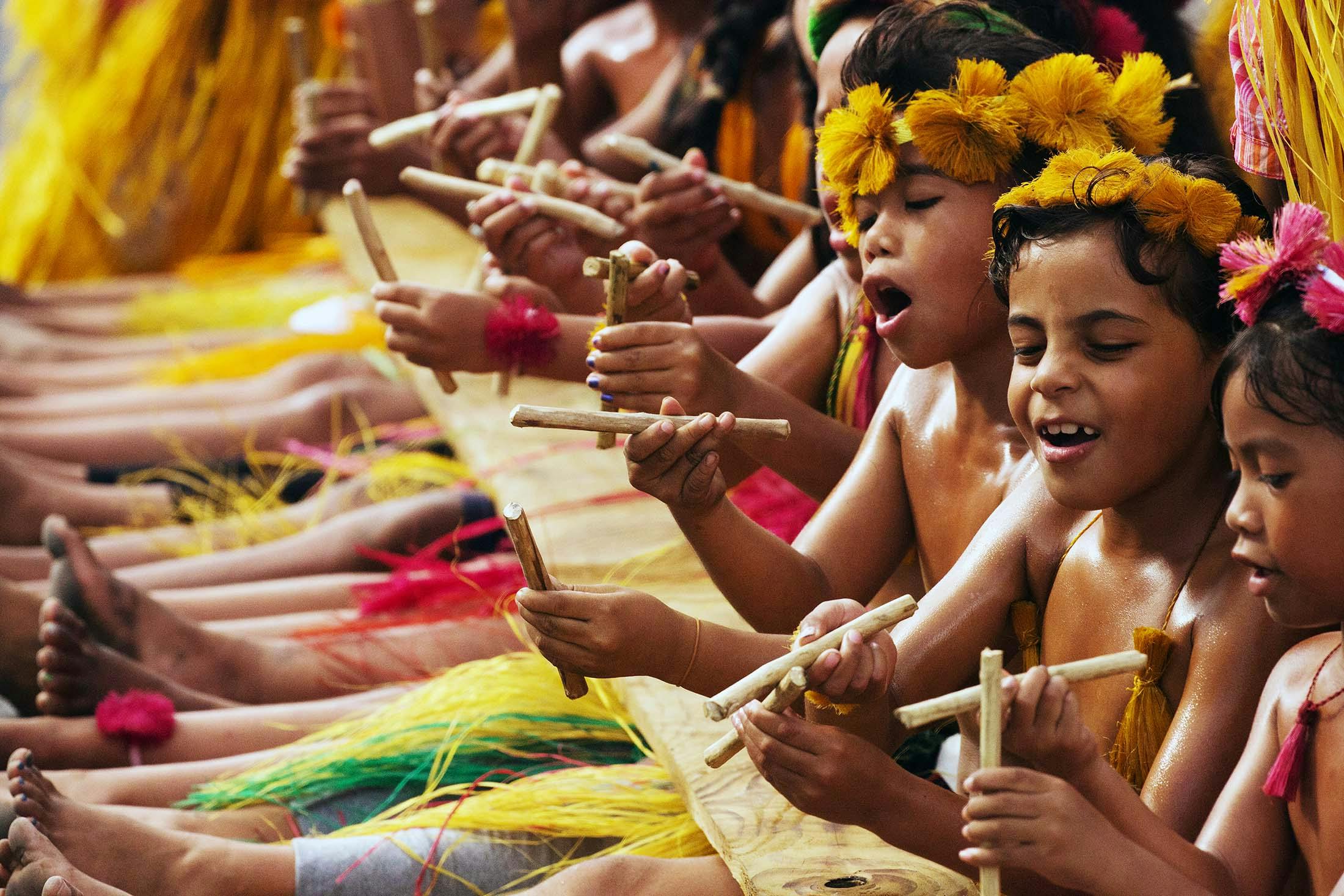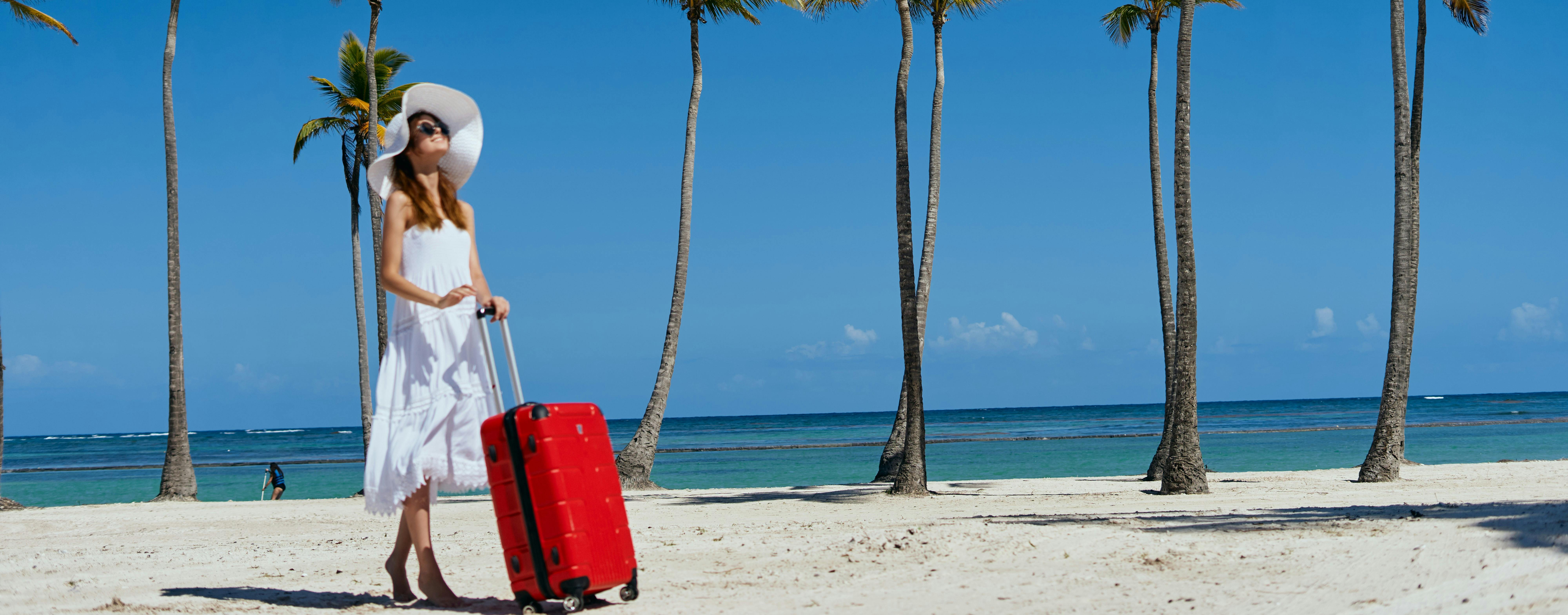Exploring Remote Cultures: Tips to Enhance the Experience
Travel is full of eye-opening experiences, but perhaps one of the most enriching is visiting remote, far-flung communities. Getting to know cultures different from your own is incredibly rewarding. When organized well, it can also be hugely beneficial to the visited societies.
Whether it’s the Koryaks in the far east of Russia, the Baining people of Papua New Guinea, the Moken stilt villages of Myanmar or aboriginal groups of Australia, indigenous communities offer valuable insight into the history of a region or country and how it shapes a culture.
Perhaps one of the most moving of these experiences is visiting the Asmat villages of Papua in Indonesia. Scores of wooden canoes filled with tribesmen, each with powdery white paint across their cheeks and carrying long oars to steer and propel the boats, greet guests approaching in Zodiacs with a powerful chant. The village chief, holding a sharp spear and wearing a headdress made of long bird-of-paradise feathers, leads the flotilla. In the past, the purpose of this welcome committee would have been to scare off unwanted intruders. Today, it is used to guide visitors into the community. “These types of welcomes, songs and dances often preserve the history of a culture in a way that no book will ever do,” explains Silversea Expedition Leader Danny Edmunds. “It really is a huge privilege for us to be allowed to see it.”
Remote communities get an opportunity to revisit and revitalize their culture when visitors travel there.“The passing down of knowledge from older generations to younger ones is wonderful to watch,” says Edmunds. “It may even be the first time in a long time that a particular dance has been exhibited.”
No matter where the experience is taking place, it is essential to recognize the community has put a tremendous amount of effort into the preparation. “Stay and watch through to the end,” says Edmunds. “Sometimes these performances represent a culture that has existed for thousands of years- longer than the vast majority of our own countries.”

Aim for Zero-Impact
We already know over-tourism is having an adverse effect on many cities, wildlife havens and beaches around the world. Impacting these destinations as little as possible should always be our goal.
“Remote villages tend to have a more communal attitude, and even by walking between houses we are, in a very real sense, in their home,” explains Edmunds.
To acknowledge customs is critical–even if they are not what we are used to. In Russia, for example, women always wear headscarves when entering Orthodox Churches. Meanwhile, as with all Islamic communities, the community of Banda Aceh in western Sumatra requires women to cover shoulders, arms and knees. Researching these customs before traveling allows us to pack accordingly.
“Their lives may be very different on the outside, but those we visit have expectations just as we do,” says Edmunds. “And we must bear those in mind, even if they seem inexplicable to us.”

Supporting the Community
Souvenir shopping in remote regions is a great way to help a community, particularly if the products are handmade by locals.
“Carry small notes, as change is often not available,” advises Edmunds. “Research the currency in advance and buy it before leaving home.” There are few currencies unavailable online or in the bureau de change, and, he adds, there may not be opportunities to visit banks once you’ve arrived at your destination.
Regions better established for tourism may accept U.S. dollars for larger purchases. But credit cards are rarely accepted. “In some cultures, haggling is absolutely prohibited— we simply pay the price asked. In other cultures it is expected,” states Edmunds. “Tour guides will be able to advise on this.”
Be aware of what materials are being used to make souvenirs – and encourage the sale of sustainable products by opting to buy those. For example, in the remote southern villages of Bangladesh, women use natural materials such as silk to weave brightly-colored shawls and throws, while in the Soloman Islands, Papua New Guinea, and other remote communities, men take on the creative role and use fallen trees to create intricate wood carvings. Days – and, sometimes, weeks – of work can go into these masterpieces, making them both sustainable and incredibly special.

Unfortunately, some communities still use animal skin or bone in making souvenirs – however, this can be discouraged by not buying those particular products. Keep in mind some items may not be allowed into your home country. Customs laws in Australia are particularly strict on anything made from animal products or wooden goods because they could be carrying pests. The U.S., E.U. nations and the U.K. are equally vigilant.
“There is a risk of accidentally or deliberately buying something from an endangered species,” says Edmunds. For example, although walrus products can be bought legally in Russia, they typically require relevant papers to be transported across international borders.
“Be aware that carrying an artifact containing an endangered species across an international border can result in confiscation, a hefty fine and possibly a period in jail,” warns Edmunds. “If we are not certain a souvenir is animal-free, it is best not to buy it.”
Staying Mindful of Health Concerns
While traveling, it’s not uncommon to find yourself in a crowd or caught up in throngs of people. This experience can be incredibly exciting, but it’s also a prime situation for spreading bugs and viruses. We must be mindful while traveling.
“We come from a world where we are constantly in contact with people and diseases can be transmitted quickly,” explains Edmunds. Isolated communities, however, don’t always have the same level of immune response. “A virus causing us a sore throat might cause their entire village serious problems,” he says. “So if we do have an infection of any nature, we should think carefully about whether we should visit on that particular day. If in doubt, consult a doctor.”

Giving Back to the Community
The likelihood of seeing poverty in many of these regions is high. In fact, the World Bank estimates over 1.2 billion people live on an income of less than US$1.25 per day. “It is absolutely reasonable to want to help those less fortunate than we are,” says Edmunds. “However, donations must be considered from the point of view of the recipient. Handing out money or sweets may seem like a kind gesture, but it has a number of undesirable side effects: it institutes a culture of dependency.”
Sweets can also lead to health implications, he adds, and dental and medical services aren’t as readily available in remote communities. “Also, pens might seem like an obvious benefit,” he says, “But once the ink runs out they just become another bit of plastic to be discarded. “Supplements like books, notepads, pencils and clothes are better alternatives. But the best option is to collect donations together. “Hand them to an authority figure like the village chief or a school principal,” Edmunds suggests, “so they can be distributed equally and fairly among the community.”
While there are guidelines to follow, the most essential part of visiting indigenous villages is opening our minds to a way of life that we may not fully understand. Although they may not have the same access to material goods, these communities often offer insight into a different way of life that is more likely to embrace the environment and the natural world. Learning from them is perhaps the greatest experience of all.




















